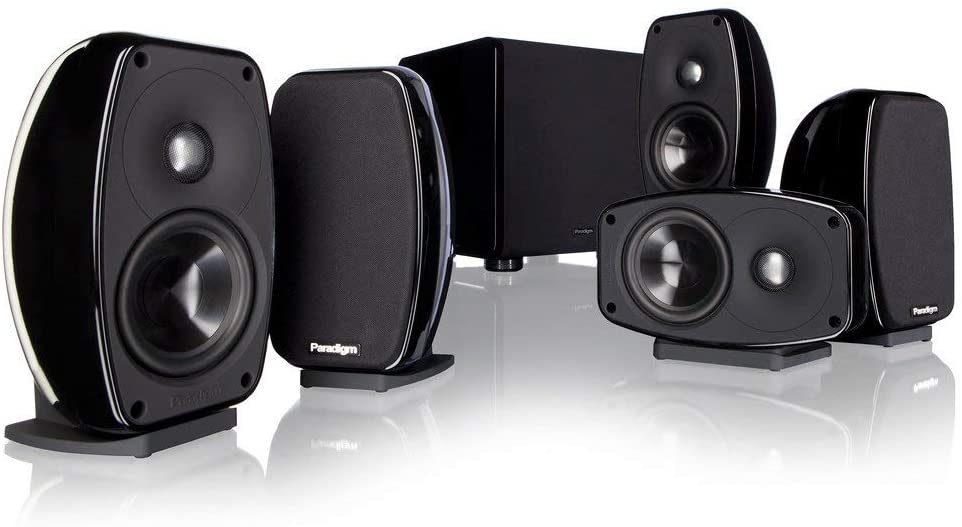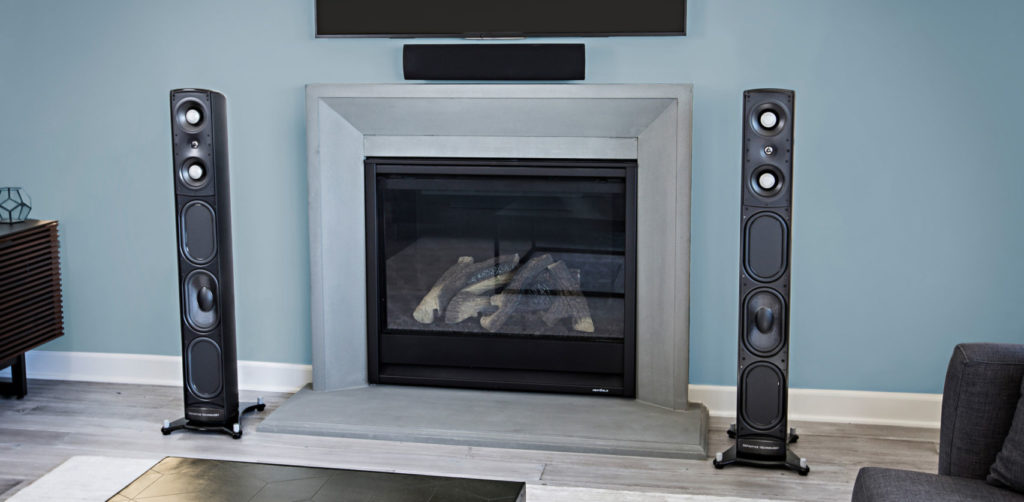Loading...

There are lots of things to consider when designing and purchasing your home theatre. But where do you start? How much should you spend relative to your TV? Does the size and layout of the room matter? What are my options for speakers? I’m here to help you sort these out.
The first thing we are going to look at is budget. Let’s get this out of the way. There used to be a rule of thumb that you would spend just as much on your audio as you did on your TV. This would make the split 50/50. With the massive decrease in the cost of televisions over the years I don’t see this being relevant. I believe the split should be about 75/25 with audio making up the 75. If you spend $1,000 on your TV, then you should invest $1,500 in to sound. This makes sense if you consider that you can buy a 70” TV now for $1,000.

The next thing to consider is the size and layout of your room. A smaller room may suit more of the wall mount solution or small satellite speaker system. A smaller room doesn’t need a large speaker setup to fill it. If your ‘theatre room’ is similar in size to a mid to large size bedroom or in a living room where space is important than this is a great solution.
My two top pics for smaller satellite systems are:

A larger room may need larger speakers to to fill more air. Rooms like open concepts and in basements are a great example of this. Your seating may be spread out and focusing on one specific seating position just isn’t practical. Ceilings may also be rather high and it filling that space requires size. Tower speakers and larger if not multiple subs would be your solution. Larger speakers bring multiple ‘drivers’ or cones that help produce a multitude of frequencies. The larger enclosures help take that audio and project it to the space that is needed. These systems you can expand in to the ‘height enabled’ or Atmos/DTS:X space where you can fill a room with up to 15 speakers and a couple of subs. This translates to 9 surround, 2 subs and 6 height speakers (9.2.6 setup). This example is a bit extreme and rare, however the capability exists.
My two top pics for tower speaker systems are:

Driving these speakers with the correct receiver is the next variable. There are many incredible pieces and everyone has their bias (myself included). The one thing I would suggest is make sure you get an AVR (Audio Visual Receiver) that has a calibration mic with it. Yamaha has the YPAO system and Denon (and its other brands) have the Audyssey system. These mic systems do an amazing job measuring room acoustics. They will look at the way sound bounces off walls as well as the way it bounces off your floors. Measuring distances to key seating positions and setting crossovers are other things these systems do so well.
My two pics for AV Receiver brands are:
There are many things to consider when putting together your home theatre. There are also a ton of amazing options available to purchase. The number one suggestion I have is to go out and listen to speakers. Speakers sound different, and the way you like to listen is different than someone else. I have put this together with a couple of key factors. One, I wanted to show products that you could put together starting at just over $1,000 and could go up from there. Two, these were my suggestions in a room that would be predominantly TV and movie driven. If music in these rooms is going to be played a lot I suggest that when you are out listening to these speakers, you make sure you have music played or even bring your own to audition.

To ‘GetConnected’ to our newsletter, fill out the details and hit the ‘SUBSCRIBE’ button. We do require you to confirm your email.